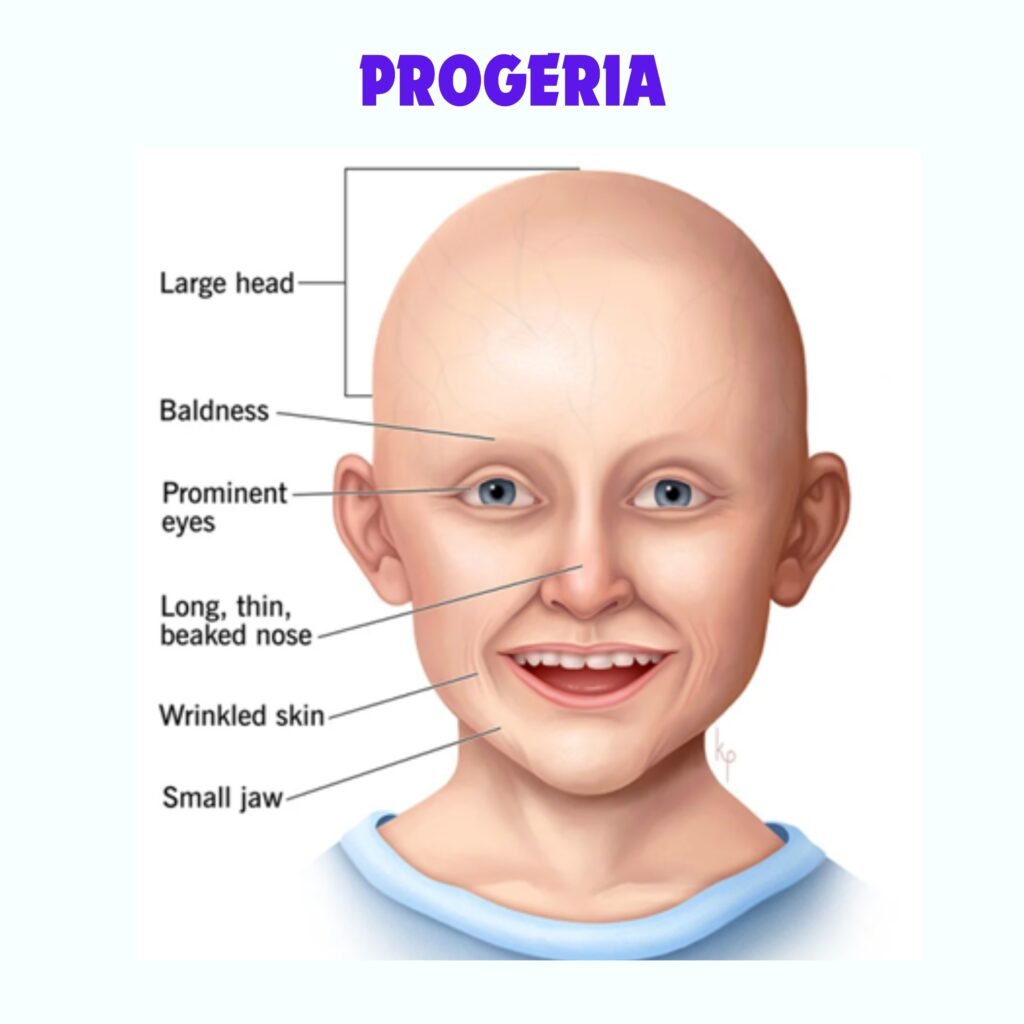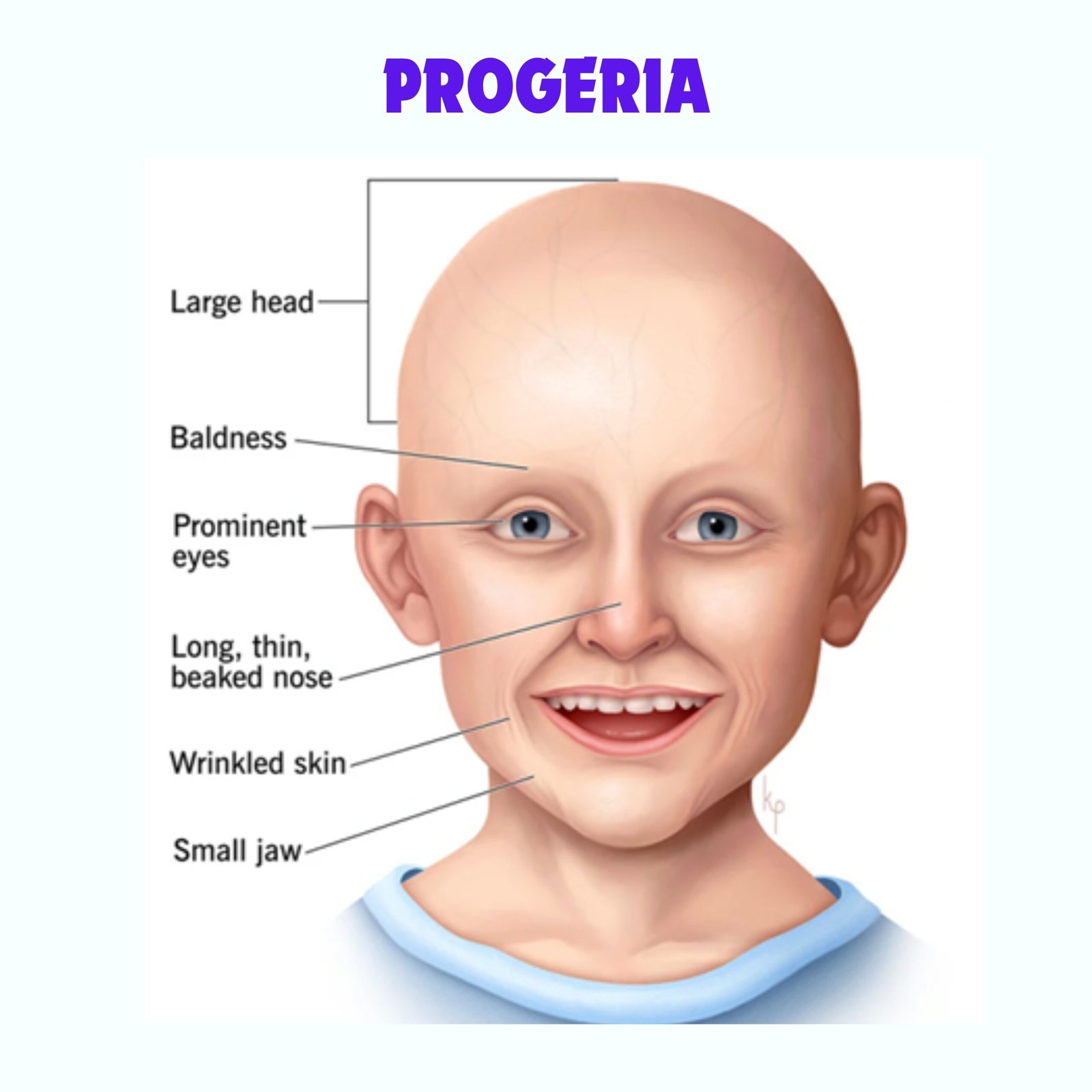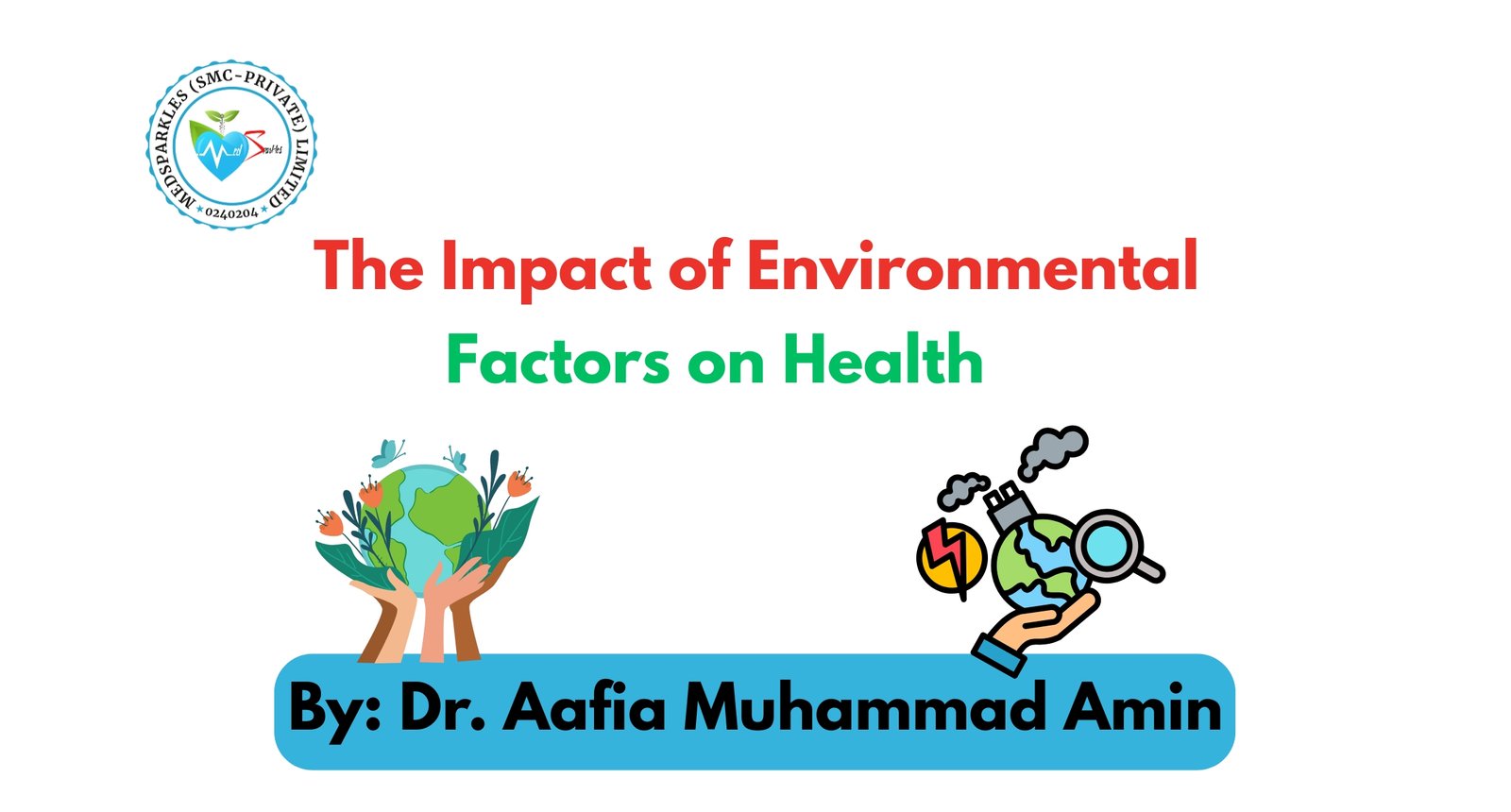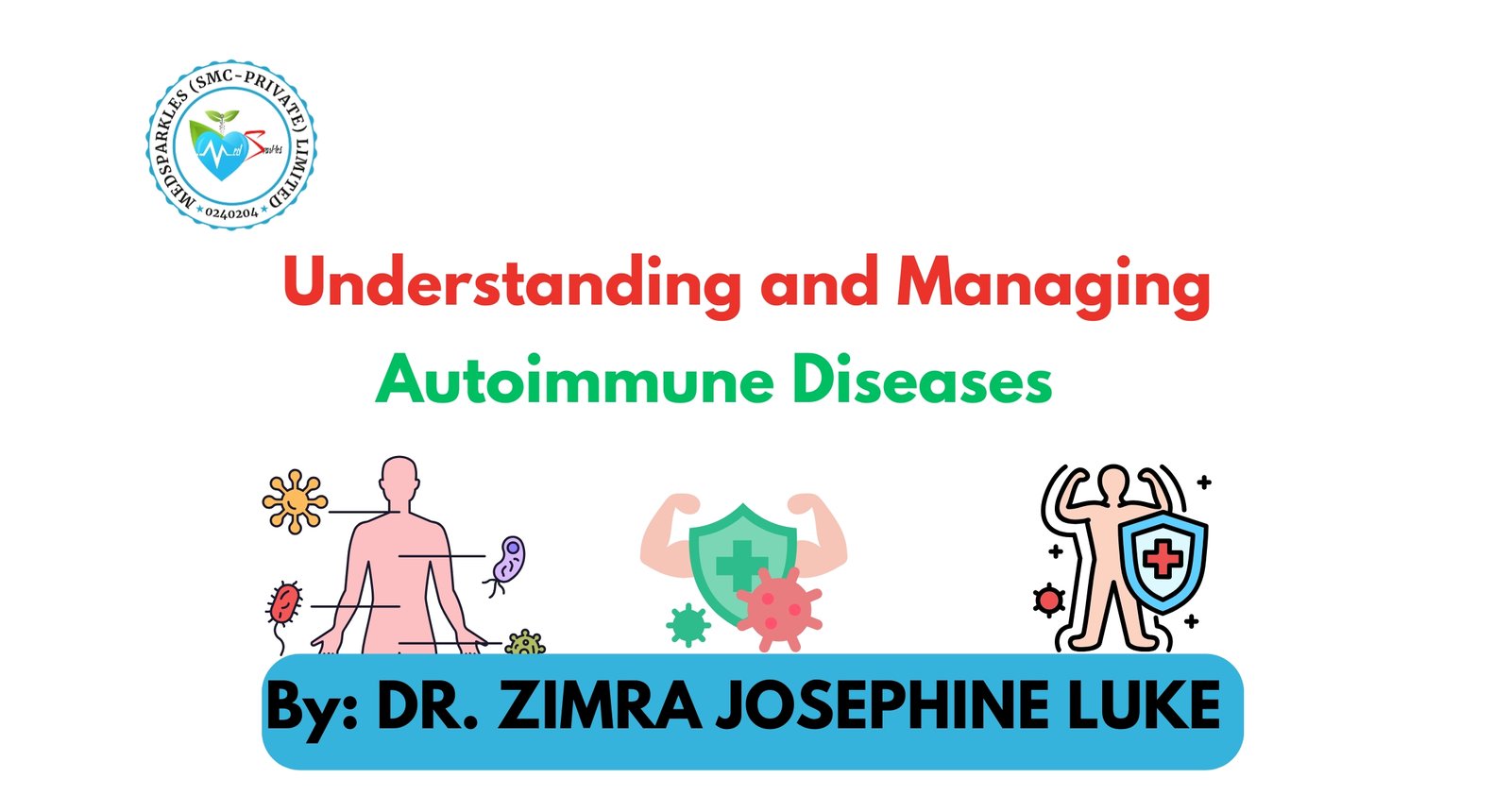PROGERIA: Understanding the rare Genetic disorder that teaches us about aging.
What if you could live forever? For many of us the idea of forever youth is appealing one, right? But think about those with progeria, a rare genetic disorder that causes premature aging, the reality is distantly calm. It is heartbreaking to see how diseases can impact lives and bring sadness and pain but there is always hope. Progeria disease mainly affects children as children with progeria face a range of health problems; those include cardiovascular abnormalities, stiff joints and many more. Sadly Childs with progeria have a expectancy of just 14 years of their life. But despite of the challenges they face, children with progeria often showcase a remarkable toughness and positive attitude in the face of their illness. In this blog, we will discuss what progeria is, its symptoms, causes and diagnosis.

NOW WHAT ACTUALLY CAUSES PROGERIA, A GENETIC DISORDER? It is also called as Hutchinson-Gilford. It is investigated that progeria is caused by a mutation in the LMNA gene, which produces a protein called Lamin A. It is important and necessary for maintaining the structure of the cell nucleus, and the mutation in that gene leads to the production of a defective version of the protein. This in turn causes the cell nucleus to become deformed and unstable, leading to the premature aging seen in progeria. It is an extremely rare disease, with an estimated occurance rate of about 1 in 20 million births. It affects both boys and girls, and is usually diagnosed in early childhood. Because it is so rare, there are only a few hundred known cases of progeria globally.

TYPES OF PROGERIA;
The two major types of progeria are 1) Hutchinson-Gilford progeria syndrome (HGPS), which has its onset in early childhood, and 2) Werner syndrome (adult progeria), which occurs later in life. A third condition, Hallerman-Streiff-François syndrome that is characterized by the presence of progeria in combination with dwarfism and other features of abnormal growth. Hence it has three types altogether.
WHAT ARE THE SYMPTOMS WE OBSERVE? The first symptom of progeria commonly appear within the first two years of life. Children with progeria experience growth failure, hair loss, wrinkled skin, joint stiffness, and atherosclerosis. They also have a high-pitched voice, small jaw and a beaked nose. Children with progeria are also at increased risk of developing heart disease and stroke.
HOW IT CAN BE DIAGNOSED? Progeria is diagnosed usually through a combination of physical exam and genetic testing and medical history. Its diagnosis requires medical expertise as it is rare condition. Doctors may also perform imaging tests to look for signs of atherosclerosis, such as calcification in the arteries or it may consist analyzing a sample of child’s blood to find if there is any disturbance in the LMNA gene. Mostly mutation cause the disease of progeria.
WHAT ARE THE TREATMENT OF PROGERIA? There is no cure for this disorder at the moment as it is quite challenging for scientists and medical experts to identify it but researchers are studying to better understand this fatal disease. Nonetheless the treatments are available to help manage the symptom.
-Medications can be used to manage heart disease and stroke
-Physical therapy can also help with joint stiffness
-They also benefit from occupational therapy (focuses on helping people to develop the skills which are necessary physically, mentally, emotionally) and speech therapy
Researchers have also made significant progress in understanding the disease and developing potential treatments. One promising approach is the use of Farnesyltransferase inhibitors (FITs), which targets the underlying cellular defect in progeria.
Another approach is the use of gene therapy, which aims to correct the genetic mutation that causes progeria, but it is still in its early stages, it holds great hope for the treatment of progeria in the future times.
RESEARCH IN PROGERIA
There are several research centers around the world that focus on studying progeria and developing new treatments. One of the most well-known is the Progeria Research Foundation, which was founded in 1999 and is based in the United States. They have funded research projects and clinical trials, and have been instrumental in advancing our understanding of the disease. Other research centers include the Progeria Research Consortium in Europe, and the National Institute of Child Health and Human Development in the United States .Research in progeria offers hope for discovering better treatments so that children in future do not suffer from this.
CONCLUSION: Despite the challenges of progeria, we’ve seen children with diseases often lead remarkable lives. They are often wise beyond their years, exhibiting a deep understanding of the fragility of life and the importance of living in the moment. They also inspire others with their courage and toughness, showing that even in the face of great adversity, it is possible to find joy and meaning in life. They’re a true example of fighters and survivors in world. According to everyone, they should be given all the love and appreciation for fighting and facing their disorders. Their ability to live life with such optimism is truly inspiring. Let’s hope and pray for children suffering from progeria, they need our love and support.
Progeria is a devastating disease, it has taught us a lot about aging and the human body. As we continue to learn more about this condition, we can work towards improving the lives of those affected by progeria and finding a cure for this rare disease, there is always hope.
As Dr. Tom Mistele, senior investigator at the National Cancer Institute said, “Progeria is a reminder that aging is not just a fact of life, but a biological process that can be understood and potentially treated”.
Executive director of the Progeria Research Foundation, Audrey Gordon also said, “Progeria is a disease, but it is also a community. We’re all in this together”.
As we work towards finding a cure for this disease, let us remember the words of one young boy with progeria who said, ‘I’m not different, I’m just unique’. Let us celebrate the uniqueness of all those affected by progeria and continue to fight for a brighter future for them.

REFERENCES:
- Mayoclinic.org
https://www.mayoclinic.org/diseases-conditions/progeria/symptoms-causes/syc-20356038
- Clevelandclinic.org
https://my.clevelandclinic.org/health/diseases/17850-progeria
- Britannica.com







1 Comment.
Very informative article